Integrative Manual Therapy (IMT)
What Is Integrative Manual Therapy?
“Integrative Manual Therapy (IMT) is a unique cluster of diagnostic and treatment methodologies that evaluate and treat pain, dysfunction, disease, and disability. Developed by Sharon Giammatteo, Ph.D., I.M.T., P.T, Integrative Manual Therapy is best described as a health care process. In general, Integrative Manual Therapy is a gentle, hands-on approach to health that looks for the underlying causes of a person’s problems. It is based on the assumption that most health problems (whether minor or chronic) come down to blockages and other dysfunction that prevent the body from self-healing.
- Integrative Manual Therapy is an innovative method that marks the evolution and synthesis of the fields of osteopathy and bioenergetics. It is a global system to assess and treat all body systems. The techniques and movements are very gentle and painless and serve to recover the mobility of fascias and energy flow, both of which are lost in the face of stress, overload, shock and injury, infections, inflammation, etc. It is of great clinical use in that it can be used with any medical condition, injury, pain, or disorder, whether chronic or acute, at the musculoskeletal, nervous, circulatory, visceral, or cranial level.
- With a deep root in comprehensive and holistic approaches, Integrative Manual Therapy assesses and treats the underlying cause of dysfunction, which could be a single structure, or multiple systems such as spine, bones, ligaments, discs, nerves, fascia, muscles, organs, brain tissues, circulatory system, digestive system and more.
- Integrative Manual Therapy encloses a broad range of healthcare practices. It gains health and healing by taking into account the diverse systems of the human body and addressing dysfunction at the cellular level. IMT practitioners utilize their hands (among other tools) to diagnose and treat clients. With practitioners around the world, Integrative Manual Therapy offers clients the opportunity for healing, recovery, and rehabilitation as an alternative and/or complement to invasive (surgical) procedures or aggressive (pharmaceutical) methods.
Integrative Manual Therapy is a strong technology that yields profound results in returning the human body to optimal health. With nearly two decades of successful case studies, this unique science brings deep, long-lasting results to the challenges of habilitation, rehabilitation, and illness. Integrative Manual Therapy is a healthcare technology for the 21st century, It should come as no surprise that one of the most advanced technologies for achieving optimal health is organic in character. One of the body’s most amazing characteristics is its ability and propensity to heal itself. (Witness the healing of a simple cut.) After all, the human body itself is an amazing technology infinitely more advanced than the computer, television, cell phone, and other pinnacles of modern science put together.
This non-invasive philosophy of Integrative Manual Therapy is a true embodiment of the medical oath of “First not harm”.
How Does Integrative Manual Therapy Work?
- Integrative Manual Therapy diagnostic techniques are used to evaluate tissue motion and find areas where normal motion is disrupted. One such technique is myofascial mapping. During mapping, a modification in tissue motion will occur over the structure that is not working properly. This change could also be detected by the skilled touch of a trained physical therapist.
- Mapping is a valuable diagnostic tool, and here’s why: Where you hurt is not as important as why you hurt! For instance, shoulder pain can have many causes. Distinguishing whether the shoulder pain is caused by joint, muscle, tendon, fascia, or even vessel or organ restrictions makes a huge discrepancy in how quickly and completely the problem resolves.
- During Integrative Manual Therapy treatment, the therapist imparts mild hand pressures on specific tissues, allowing those tissues to relax and move in a normal, pain-free way. The therapist should have a good three-dimensional understanding of anatomy to apply these forces precisely and effectively. This is truly a case where less is more: You could also think your therapist is doing very little, but then notice huge changes in your body when you get off the table and start to move. Integrative Manual Therapy techniques often result in wonderful, lasting physical changes without the painful and aggressive stretching used in traditional physical therapy.
- IMT helps the body heal itself. Initially, we consider your symptoms and evaluate different inherent rhythms in the body to develop a treatment plan customized for you. Treatment involves the use of gentle hand pressure at precise points, like reflex points or acupressure points, to normalize the space between structures, which allows the body’s natural ability to heal itself to return. This improves the integrity and functioning of the tissue.
If you have not had success with other, more traditional methods of treatment, you’ll want to make an appointment with an Integrative Manual Therapy trained therapist who will have a different way of looking at your whole body. When your body is integrated, all techniques work well together. The result is minor pain, greater relief of motion, and a healthier you!
What Are The Concepts And Techniques Of IMT?
Integrative Manual Therapy approaches healing from both a structural outlook and a functional methodology. This suggests that IMT addresses pain, dysfunction, disease, and disability by seeking the causes of these challenges. Only after the causes are found and treated may the potential for function re-emerge. Integrative Manual Therapy is not a magic bullet; it presents new visions to the body, giving the body a chance to heal itself.
IMT treatment techniques are manual (hands-on), and typically involve gentle manipulative techniques to promote tissue repair, normalize structure, and restore function. Someone to Integrative Manual Therapy is the integration of manual therapy approaches for all systems in the body (ie. bone, nerve, fascia, muscle, organ, lymph, and circulatory systems). As each tissue type in the body has unique requirements for healing, tissue-distinct techniques are used to yield optimal results. Usually, multiple systems are addressed to promote recovery, as dysfunction in one system may influence or be influenced by a problem in another system. To demonstrate, consider a patient with chronic shoulder pain. Upon exiting assessed, to determine which structures were contributing to their pain and/or dysfunction, treatment would ensue for the affected systems. As determined by the diagnostic results, this might include treatment for muscles, fascia, joints, bones, nerves, circulatory vessels, lymphatic structures, and/or organs. The order in which the involved systems would be treated will be determined by the diagnostic findings. Yet, Integrative Manual Therapy is the integration of techniques to assess and address all systems in the body.
Integrative Manual Therapy practitioners come from many healthcare disciplines including Western medicine, physical therapy, chiropractic, occupational therapy, naturopathy, acupuncture, Chinese medicine, and other fields. Most Integrative Manual Therapy trained therapists practice Integrative Manual Therapy as a specialization and integrate it into their regular healthcare practices, including in private clinics and hospitals. Practitioners and patients alike have discovered Integrative Manual Therapy in the process of searching for more sustainable answers to their specific healthcare needs.
Integrative Manual Therapy is an exhaustive solution that benefits all types of patients. In many circumstances, patients who seek Integrative Manual Therapy have undergone previous treatments with limited success, and find IMT to be a sustainable answer to their healthcare needs. Integrative Manual Therapy practitioners specialize in treating complex patients. Integrative Manual Therapy treats such as ailments like chronic back pain, migraine headaches, learning disabilities, autism, diabetes, sports-related injuries, chronic fatigue, fertility and women’s health needs, cerebral palsy, spinal cord injuries, depression, anxiety, and many other problems. In expansion, many patients use Integrative Manual Therapy preventatively to maintain optimal health. Ultimately, the success and continued growth of IMT rest on attaining and maintaining results. With trained practitioners worldwide, Integrative Manual Therapy offers patients the opportunity for recovery, rehabilitation, and prevention as an alternative and/or complement to other healthcare disciplines.
How Can Integrative Manual Therapy Help You?
These are just a few of the ordinary conditions that respond well to Integrative Manual Therapy:
- Musculoskeletal problems such as back and neck pain, foot and ankle weakness, and stiffness in the hips or shoulders
- Visceral or fascial problems such as menstrual cramps, bladder incontinence, acid reflux, and digestive problems
- Overuse syndromes like rotator cuff tendinosis
- Patellar tendinosis and plantar fasciitis
- Headaches — both tension and migraine
- Sleep apnea and snoring
Integrative Manual Therapy is based on four fundamental premises:
- The structural condition of an element of the body determines how well the element performs its function. Only if an element is structurally sound can it perform its function correctly.
- All systems of the body alter their function to the extent necessary to protect the body by maintaining a normal operating condition.
- The resolution of pain, dysfunction, disease, and disability can only be achieved by identifying and resolving the primary cause, not by treatment of the associated symptoms.
- The body has an inherent ability to heal itself if properly supported.
How can IMT be Diagnosed?
Integrative Manual Therapy diagnostic tools contain assessments for various tissues in the body such as muscles, connective tissue, arteries, veins, bones, and more additional. Practitioners of IMT assess clients by utilizing their hands. They feel the body’s circadian biologic rhythms and movements by kindly placing their hands on the client. (One such example of these rhythms is the heartbeat.) Just as with all other aspects of Integrative Manual Therapy, the assessment is integrative, taking into account the multiple, complex systems of the entire human body. While some diagnoses result in regional treatment, the integrative approach allows for the possibility that what seems to be a local problem to the client and other medical professionals is in actuality a larger regional and/or systems challenge. Dr. Giammatteo invented these diagnostic techniques over the past 30 years. Patterns of pain, dysfunction, disability, and disease have been documented over many decades of Integrative Manual Therapy practice. Our Integrative Diagnostics process employs an intimate knowledge of anatomy, physiology, pathology, and other human functionality. Often, the diagnosis will consider these patterns. They could also be useful in developing a complete picture of the client’s state of health and what is preventing a high quality of life.
Each structure of the body has its unique circadian rhythm. An example of one of these rhythms is feeling for your pulse. This soft tissue exam will determine areas that require attention. The diagnostic assessment looks at various tissues in the body such as muscles, arteries, veins, lymph vessels, connective tissue, organs, and bone. Integrative diagnostics structurally break down the chain of command for dysfunction. The body’s story will begin to reveal itself by exposing the dysfunctional tissues that are creating the localized pain. In some cases, localized pain is the primary problem. In other cases, it may be an area of protection or compensation for other dysfunctional structures.
What are the benefits of Integrative Manual Therapy?
Integrative Manual Therapy helps all types of patients by reducing pain (migraines, pinched nerves, physical traumas, etc) and stress, while improving cognitive function, energy levels, sleep regularity, and ease of movement. It has allowed for preventive surgeries, such as gallbladder, spinal, joint, deviated septum, or atrial fibrillation surgery. It too speeds up recovery after an injury or surgery. Athletes frequently use Integrative Manual Therapy treatment to enhance their performance.
Regarding the whole person is one of the benefits of integrative therapy.
Benefits include:
- Adaptable. Integrative therapists are better flexible in their treatment strategies.
- Holistic. Integrative therapy does not just take your mental health into account.
- Individualized. You are an individual.
Are Craniosacral and IMT beneficial for children?
Craniosacral Therapy could also be profoundly helpful for babies and small children. The reason that this method is so important for children is that the bones of a baby’s head are very soft and malleable. As a consequence, the passage of the birth canal leaves its imprint, as do all the big and little bumps our children undergo. By the time a child is seven years old, their heads have pretty well hardened into shape; unfortunately, if they have not received any cranial work, this shape includes the adaptations they have made. With cranial work, many of these impressions may be smoothed away allowing more optimal movement and functioning. Clearly, due to the role of the cerebral-spinal system, this impacts the viability of all the various systems of the body.
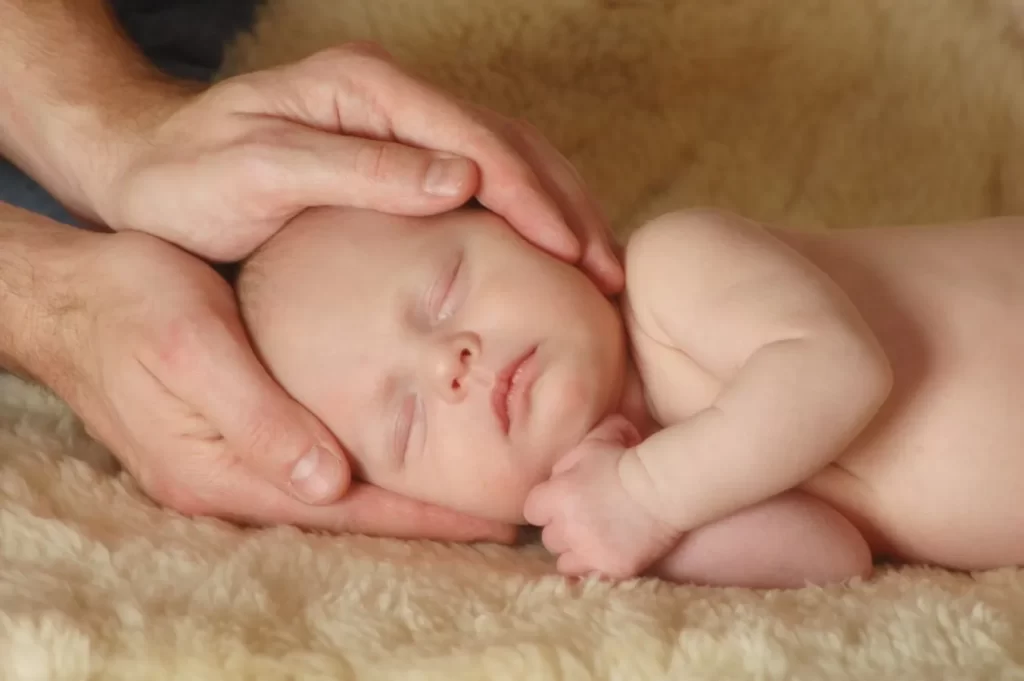
Integrative Manual Therapy is suitable for children of all ages. Many children also find Integrative Manual Therapy very comfortable and look forward to their sessions. It is most often for them to fall asleep during the session. Parents of young children will be expected to be in the room with their juveniles during treatment.
What are the Contraindications Of IMT?
- Neurological disease-causing potential cord compression, Eg. Syringomyelia (cyst).
- Myelopathy (eg. acute spinal injury, Myelitis), cauda equina syndrome.
- Osteoporosis (Mild).
- Marked hypermobility and severe Instability.
- Spondylolysis with Spondylolisthesis.
- Spinal Stenosis.
Contraindications to manipulation include local malignancy, local infection, fracture, inflammatory spondylitis, Destructive Processes, spondylolisthesis, and vertebral artery vascular compromise. Somatic dysfunction with joint restriction, if clinically relevant, denotes the indication for manual therapy. In the absence of somatic dysfunction, manual therapy is not indicated. Inflammatory Processes, Manual therapy is not to be used on joints that are acutely inflamed. After the inflammation has reduced, however, manual therapy could also be utilized to resolve a possible remaining functional disturbance.
Who are Integrative Manual Therapy clients?
Integrative Manual Therapy was originally developed for neurologic and orthopedic patients in the late 1970s. Dr. Giammatteo formed by seeking solutions for her low back pain, sciatica, and headaches. Today, Integrative Manual Therapy techniques address pain, dysfunction, disability, and disease in all types of people of all ages including infants, children, and seniors.
Client populations are treated according to their specific manifestation. While some known techniques work for everyone, Integrative Manual Therapy uses case-based medicine. This means that practitioners who are treating a certain dysfunction in an individual use specific protocols for that dysfunction. They are capable to document patterns and build upon previous information while considering the individual before them. This Continued building of information on a case basis helps Integrative Manual Therapy to develop new techniques, training, critical thinking, and diagnostic tools.
Examples
The following illustrations show how the diagnostics and treatment of IMT work.
Attention Deficit Disorder (ADD)
- A child who has trouble concentrating would be assessed using the techniques outlined in the “Diagnosis” section. If the Integrative Manual Therapy practitioner found positive diagnostics on the frontal lobe of the head, the child has Attention Deficit Disorder. The frontal lobe is responsible for intelligence, concentration, judgment, perception, and attention. If however, the diagnostics are not positive on the frontal lobe, the practitioner would investigate other areas. It might be the case that the child has vision difficulties. The occipital lobe (responsible for vision) located in the back of the head would be tested. Occasionally, the ears are the problem. And so on.
Shoulder Pain
- An Integrative Manual Therapy practitioner would assess shoulder pain by first finding the source of the pain. This could also be local (at the shoulder), regional (neck and arm, for example), systemic (inflammation of all joints, immune system breakdown), or total body (infection in the circulatory system). If the practitioner did not find any evidence of tissue dysfunction at the shoulder, she or he might investigate the 5th vertebral body of the cervical spine. This area of the spine provides nerve innervation to the tissues and structures of the shoulder girdle region.
Low Back Pain
- A more complex situation might be low back pain that is not responding to treatment. In this case, the Integrative Manual Therapy practitioner would look at the organs which sit in the low back area. The sigmoid colon (the end of the colon), for example, might exhibit dysfunction due to a gastrointestinal problem. Or it might have lost its integrity, resulting in a ‘leaky gut’ situation. If the client has food allergies, the Integrative Manual Therapy practitioner would investigate the cecum and ileocecal valve (the beginning of the colon) which are often associated with low back pain. The practitioner might look at the L5 disc as well. The L5 disc has multiple types of cells and fibers. Integrative Manual Therapy has developed precise techniques for addressing problems in these fibers. And, when used in combination with bone, joint, and nerve tension techniques, they can resolve low back pain completely.
Hip Pain
- Pain in the right hip may be exhibited by a protective muscle spasm of the muscles of the right pelvis (such as the iliacus and psoas), fascial dysfunction in the specialized gluteal fascia of the buttocks, a spasm in the arteries of the right pelvic bowl, and/or constrictions of the veins in the right pelvic bowl. Nerve tension might also be present. Many of these examples might be present secondary to a ‘bone bruise on the right ilium. When there is a bone bruise, typically the body will create muscle spasms, arterial spasms, and other tissue reactions to limit motion in the area so that the bone bruise is protected. The Integrative Manual Therapy practitioner can access that bone bruise, use ‘The Bone Bruise Technique’ (developed by Integrative Manual Therapy), and eliminate all the secondary protective modes.
Integrative Manual Therapy seminars are presented through Dialogues in Contemporary Rehabilitation (DCR). Dialogues in Contemporary Rehabilitation was passed on to Dr. Sharon W. Giammatteo by Mary Fiorentino in 1986. Today, over 250 courses in Integrative Manual Therapy are taught worldwide every year. The seminars attract students from health-related fields such as Physical Therapy, Occupational Therapy, Massage Therapy, Speech Pathology, Audiology, chiropractic, Naturopathy, Allopathic Medicine, Osteopathy, Nursing, Special Education, Dentistry, and others.
Future Directions of IMT
- A new approach is ‘Manual Pattern Recognition (MPR). This diagnostic and treatment tool uses the hands, as many Integrative Manual Therapy diagnostics and treatments do. However, it aims to learn more about pain, dysfunction, disease, and disability by focusing on different areas of the hand. Integrative Manual Therapy practitioners are finding that distinct regions of the hand perceive different problems in the body.
- Integrative Manual Therapy will continue to develop diagnostics and treatment protocols using case-based medicine and by communicating with healthcare professionals from different fields. Physical Therapists, Occupational Therapists, Massage Therapists, Speech Pathologists and/or Audiologists, Chiropractors, Naturopaths, Acupuncturists, Psychologists and Psychotherapists, Bodyworkers, and additional health care professionals have information that benefits the client and help provide the best health care.
- In August 2003, the Integrative Manual Therapy Association was formed to support the professional needs of those practitioners who deliver Integrative Manual Therapy. Integrative Manual Therapy is a network of healthcare practitioners providing manual therapy and rehabilitation in the United States, Canada, Asia, and Europe.
Treatment Of The Integrative Manual Therapy
Integrative Manual Therapy treatment techniques are based on the premise that the body has the potential to self-correct or heal itself under the right circumstances. The treatment approach is integrated and includes many systems of the body, including musculoskeletal, circulatory, nervous tissue, and gastrointestinal organs. Often, multiple systems are addressed during treatment because pathology or issues in a system may affect or be affected by another pathology in another system. Integrative Manual Therapy is safe, gentle, and effective, especially for acute or post-surgical patients.
Integrative Manual Therapy techniques facilitate healing on a cellular level and encourage tissue repair. As with the diagnostics, the treatment approach is integrated and includes many systems of the body including anatomical, physiological, nutritional, and psychological. Some of the anatomical systems that most often require intervention are bone, muscle, circulation, nervous tissue, the gastrointestinal tract, the urogenital system, the brain, and the cardiovascular. Integrative Manual Therapy often addresses the physiological systems of hormones, sleep cycles, metabolism, and the way clients handle stress.
Structural and Functional Rehabilitation – Integrative Manual Therapy addresses rehabilitation in two elements: Structural and Functional.
- Structural Rehabilitation improves the structural integrity of the body. It addresses joint mobility, muscle tone, soft tissue flexibility, range of motion, muscle control, and more. It corrects the patho-anatomy in the biomechanics of the spine and appendages, muscles, connective tissue system, organs, nervous system, blood vessels, lymphatic system, and energetic structures.
- Functional Rehabilitation restores functional outcomes according to the optimal potential of the client. It addresses balance, coordination, proprioception (internal joint sensation), exteroception (sensory capability), strength, endurance, hearing, vision, speech, smell, learning, behavior, and more additional.
Treatment is manual, with the Integrative Manual Therapy practitioner placing his or her hands on the client’s body. Usually, multiple systems are addressed to facilitate healing, as pathology or a situation in one system may also influence or be affected by pathology in another system. Integrative Manual Therapy treatment of the body can be broken down into three elements: treatment of anatomical problems (patho-anatomy), treatment of physiological problems (patho-physiology), and remedy of psychological problems. Most of the consumer’s treatment plans involve all of these. The subsequent sections describe them in more components.
Treatment of Patho-Anatomy
IMT’s patho-anatomical remedy manages the body’s structure, improving the integrity of bones, ligaments, discs, nerves, arteries, veins, and more additional. A few of these techniques implicate positioning a person’s body in a specific way. Others entail particular hand placements on the body. The patho-anatomical treatment enhances the mobility of all these tissues. As a result, patients undergo better movement, less pain improved circulation, and better health.
Treatment of Patho-Physiology
Our patho-physiological treatment has two major segments: Physical Functional Medicine and Nutritional Wellness.
Integrative Manual Therapy practitioners implement Physical Functional Medicine (PFM) by seeking out ‘recovery motilities’, or biological rhythms in the body that reflect breakdowns in the body’s health, much like smoke indicates the presence of a fire. These harmful rhythms originate as protective mechanisms in response to an injury, infection, or other problem. While the body also has beneficial rhythms, the aberrant, compromised rhythms can endure for many years. IMT practitioners are expected with numerous recovery motilities.
Rescue motilities may also be located locally, regionally, systemically, and/or totally throughout the body. Integrative Manual Therapy practitioners use treatment techniques to eliminate these protective recovery motilities and then address the initial cause of the pain, dysfunction, disability, or disease. Their goal is to support the body in achieving homeostasis, or stability, of these rhythms.
Nutritional Wellness
- The Nutritional Wellness component of Integrative Manual Therapy for patho-physiology encompasses diet and supplements. Diet is not necessarily about calories, restrictions, or intake of certain foods, although it can be. For the Integrative Manual Therapy practitioner, a diet is a tool for healing. During specialized ‘Intensive’ therapy weeks, the IMT practitioner works with Integrative Manual Therapy nutritional specialists to recommend dietary changes only to prevent further harm to the body’s homeostasis and physiology.
- Nutritional supplements play an integral role in the treatment of patho-physiology as well. When recommending supplements for healing, nutritional specialists consider how supplements may interact with medications, how they interact with each other, and what the right amounts are.
A Psychotherapeutic Approach
- Our psychotherapeutic approach involves a process called ‘Integrative Diagnostics for Applied Psychosynthesis’ (IDAP) performed by Integrative Manual Therapy practitioners. ‘Integrative Diagnostics for Applied Psychosynthesis is a unique process that involves gentle dialogue, visualization, and specific Integrative Manual Therapy techniques which are used to decrease emotional stress in the body.
How is IMT treatment distinct from traditional physical therapy?
The direction of Integrative Manual Therapy is on the treatment of particular tissues to restore the potential for that tissue to function as normally as possible. There is a tissue-specific technique for every tissue in the body. An Integrative Manual Therapy treatment session concentrates on finding and treating tissues in the body that are limiting the body’s recovery to normal function and causing pain and decreases in range of motion.
All treatments are 100% one-on-one sessions and are completely performed by an authorized physical therapist. We do not “juggle” numerous patients at a time. In our office, we do not use ultrasound, electrical stimulation, hot and cold packs, or any other traditionally used Physical therapy modalities. Exercises and self-care “homework” is tailored to the individual patient’s particular case.
FAQ
What does Integrative Manual Therapy (IMT) mean?
Integrative Manual Therapy (IMT) is a cultivated form of manual therapy that concentrates on reducing strains in specific tissues that have been damaged due to trauma, infection, or inflammation. Integrative Manual Therapy is a structural-based form of treatment, meaning the focus is on anatomical tissue.
What Are the Different Types of Manual Therapy?
Integrative Manual Therapy (IMT), Myofascial Release, Muscle Energy Technique (MET), Neural Tissue Tension Techniques, Strain Counterstrain, Positional Release Therapy, Craniosacral Therapy, and Visceral Mobilization.
Can I do IMT on myself?
Yes! Sometimes, I will give you “homework” that involves holding specific hand placements for 20 minutes to do between treatment sessions. This homework will assist in your healing and accelerate the progress you are making.
What does an integrated manual therapist do?
IMT practitioners use their hands (among other tools) to analyze and treat clients. With practitioners around the world, Integrative Manual Therapy offers clients the opportunity for healing, recovery, and rehabilitation as an alternative and/or complement to invasive (surgical) procedures or aggressive (pharmaceutical) methods.
What are the disadvantages of integrative therapy?
Disadvantages of integrative therapy, Varied in treatment, making it hard to judge the effectiveness. The quality of therapy, and thus its efficacy, can vary depending on the clinician, Not suggested for all conditions – only your clinical psychologist can determine if it is the right approach for you.
What is the goal of Integrative Manual Therapy?
Like different aspects of physical therapy, the prevalent goal of manual therapy is to restore functionality and reduce pain by using natural body movements.

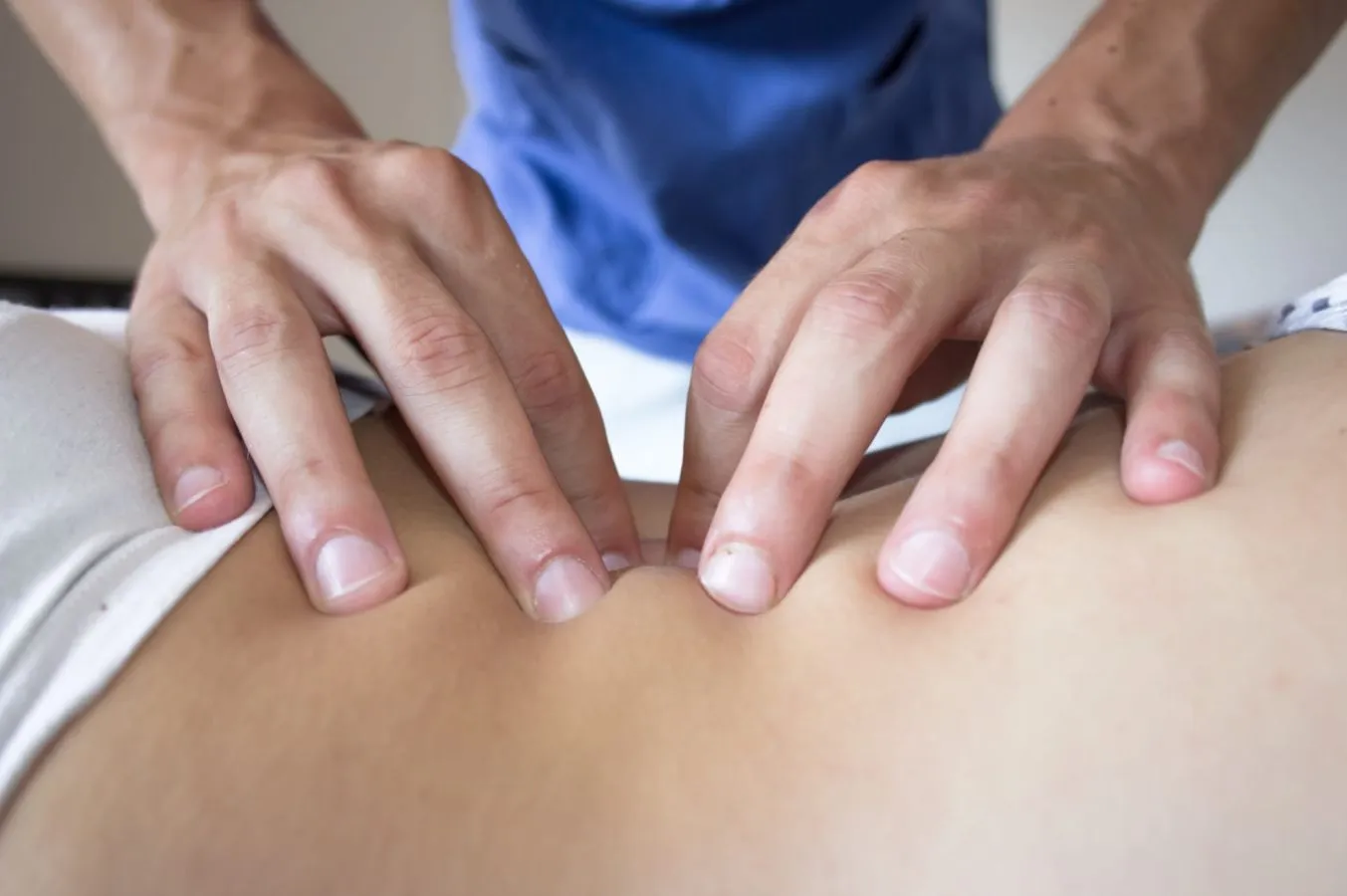
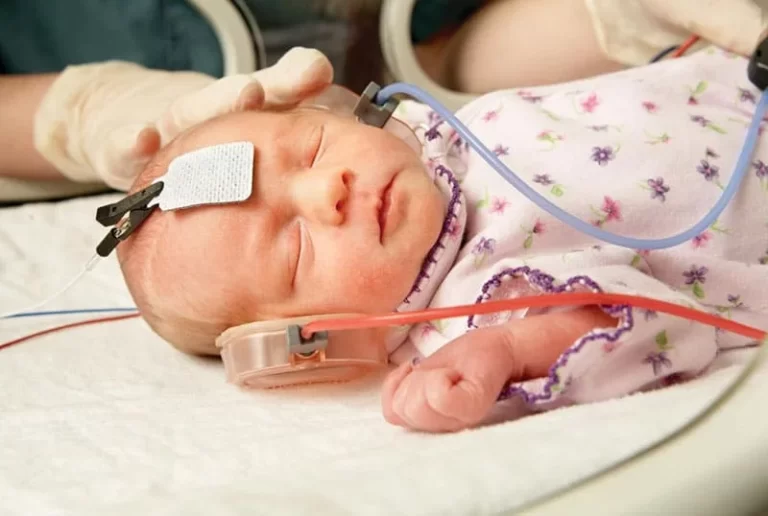
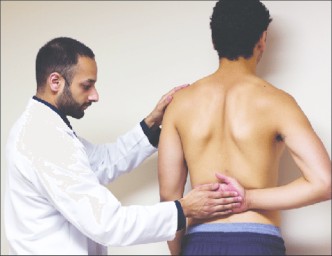
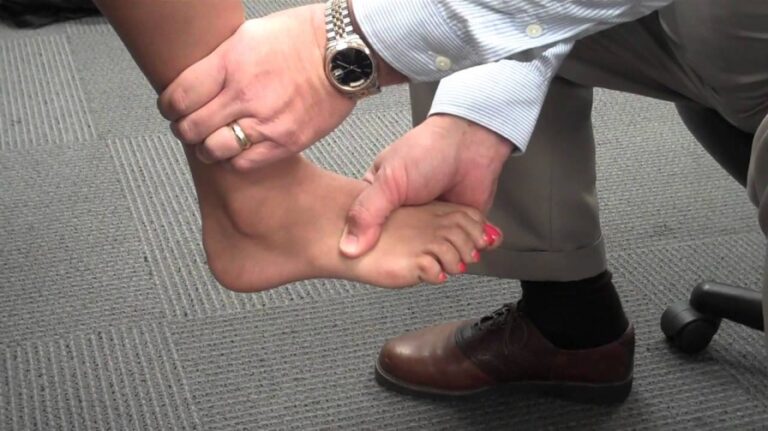
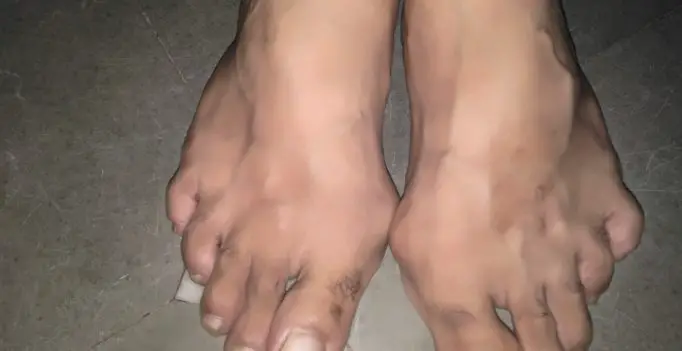

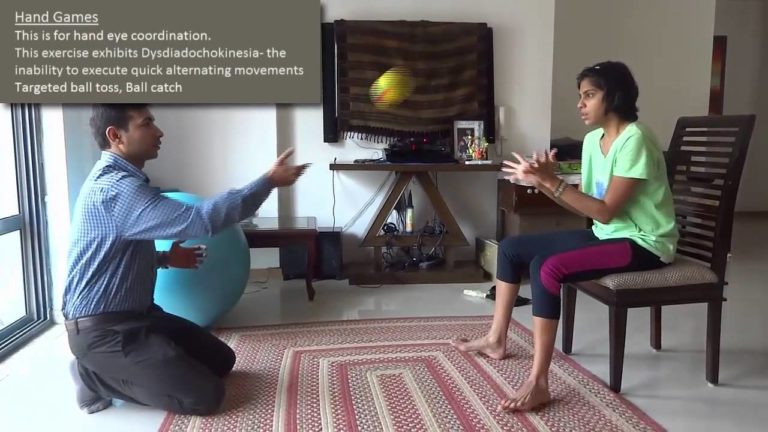
One Comment